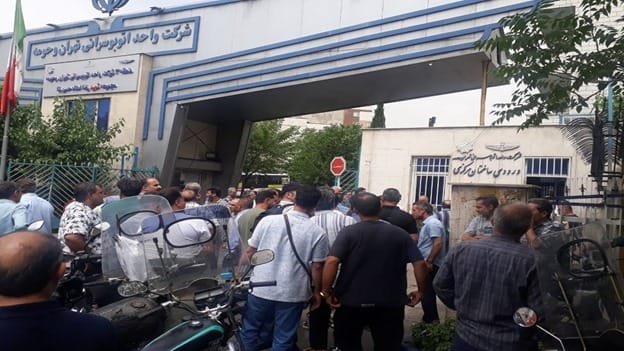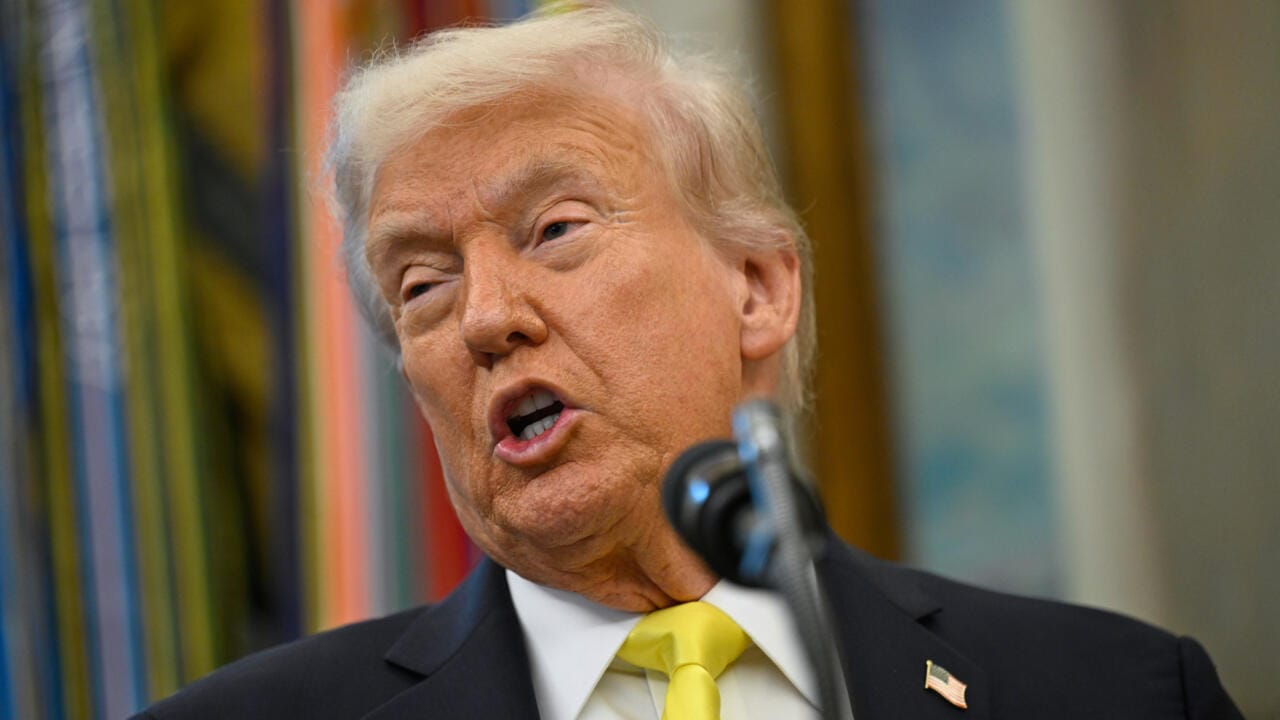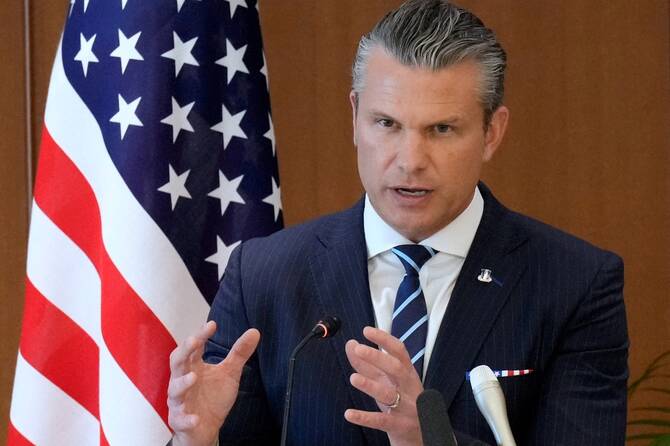Iran in Crisis: Infrastructure Failures, Public Discontent, and a Widening Trust Gap

In the early months of 2025, Iran finds itself gripped by a convergence of deepening crises that are affecting every layer of society. From water shortages in rural areas and widespread electricity blackouts to skyrocketing prices of food and medicine in cities, the country is showing alarming signs of systemic failure.
These issues are not isolated incidents, but rather symptoms of a broader structural collapse—rooted in chronic mismanagement, institutionalized corruption, and the absence of a coherent national strategy to safeguard essential resources. Even officials within the regime, albeit cautiously, are warning about the gravity of the situation.
Power Outages and Government Deflection
As power outages intensified across the country, so too did public frustration. Rather than offering a viable solution, regime President Masoud Pezeshkian responded with a tone-deaf appeal: “People are expected to help the government by reducing their electricity consumption in the summer. Using energy-efficient lights instead of energy-intensive chandeliers is an effective step in this direction.”
He admitted that energy outages caused over 300 trillion tomans in economic damage last year but failed to address the government’s role in creating the crisis.
This rhetoric starkly illustrates the regime’s detachment from reality. Millions of Iranians are dealing with daily disruptions to work, education, healthcare, and basic safety due to blackouts. Yet, instead of taking responsibility for outdated infrastructure, misallocated resources, and failed energy planning, officials have opted to blame citizens—urging them to “turn off the chandelier.”
The real cause, however, lies in decades of squandered billions on unproductive megaprojects, repressive domestic policies, and costly regional interventions—rather than investment in sustainable development.
Water Scarcity and Land Subsidence: The Super-Crisis
Iran’s water crisis has reached catastrophic levels. According to water sector expert and filmmaker Mehdi Taghizadeh, the country is not merely facing a crisis, but a “super-crisis”. Speaking to the state-affiliated Fararu news outlet, he warned that this escalating emergency is causing land subsidence, endangering Iran’s agricultural capacity and threatening the long-term habitability of many regions.
“This situation jeopardizes food security, public health, infrastructure, and people’s livelihoods,” he said. “Despite rising public awareness, the government remains indifferent focused on marginal issues.”
Mounting Protests and Economic Breakdown
In a telling parliamentary session on May 25, MP Javad Nikbin openly voiced concern over widespread labor unrest: “Mr. Ghalibaf, our truck drivers are protesting, our miners are protesting, our factory owners are protesting… This volume of protests is abnormal.”
He pointed to explosive inflation in key sectors:
• Cement prices have surged by 200% in just three months.
• Bakers are protesting en masse due to unpaid government subsidies.
• Fuel shortages have persisted through both winter and summer.
He recounted the story of an elderly woman from a village who lamented that the government had offered her a 300 million toman rural loan, which once sufficed to build a home. Now, with soaring cement and iron prices, she couldn’t even lay the foundation.
Bread and Betrayal: The Bakers’ Struggle
The head of Mashhad’s Bakers’ Union, Ali-Akbar Kuh-Peykar, confirmed that bakeries have been struggling since April due to the government’s failure to pay subsidies. Despite multiple meetings with local and provincial officials, bakers have been met with bureaucratic delays and vague promises. Meanwhile, bread shortages are compounding public grievances.
A Looming Power Crisis
According to an article published by the state-run Donya-e-Eqtesad on May 25, Iran’s electricity grid is on the brink of collapse: “Power imbalance is turning from a solvable issue into a full-blown crisis.”
In 2024, the gap between supply and demand during peak usage in August reached 20,000 megawatts. Projections for 2025 forecast a shortfall of 25,000 megawatts, as demand continues to grow unchecked.
The article warned that raising electricity prices amid 50%+ annual inflation would only fuel further economic hardship and social unrest: “Increasing household electricity costs under these conditions will not improve welfare—it will accelerate inflation and deepen dissatisfaction.”
The Legitimacy Crisis: A Regime Losing Support
Even within the regime’s so-called reformist faction, alarm bells are ringing. In a candid interview with Entekhab, Ali Shakouri-Rad, a state-affiliated insider, acknowledged the regime’s eroding legitimacy: “In the last presidential election, even with all factions participating, voter turnout didn’t reach 50 percent. That means over half the population actively boycotted the system.”
He warned that the regime is rapidly losing its social base: “A state that has lost the majority of its people cannot claim to rule unless it regains their trust.”
Shakouri-Rad ominously added: “There may come a judgment day… and that day, you’ll have to go.”
He referenced the nationwide protests of 2022, warning that such an uprising could happen again—and that repression cannot replace legitimacy: “We must rule the hearts of the people, not govern them with tools of fear.”
A Nation at Breaking Point
The convergence of economic, environmental, and social crises paints a bleak picture for Iran’s near future. A disconnected ruling elite continues to ignore or downplay the severity of the situation, while ordinary Iranians are pushed to the brink.
Whether through the crumbling power grid, crippling inflation, or crushed democratic hopes, the message from the people is clear: the system has failed them. The real question now is not whether the regime can respond—but how long it can delay the reckoning it can no longer prevent.





